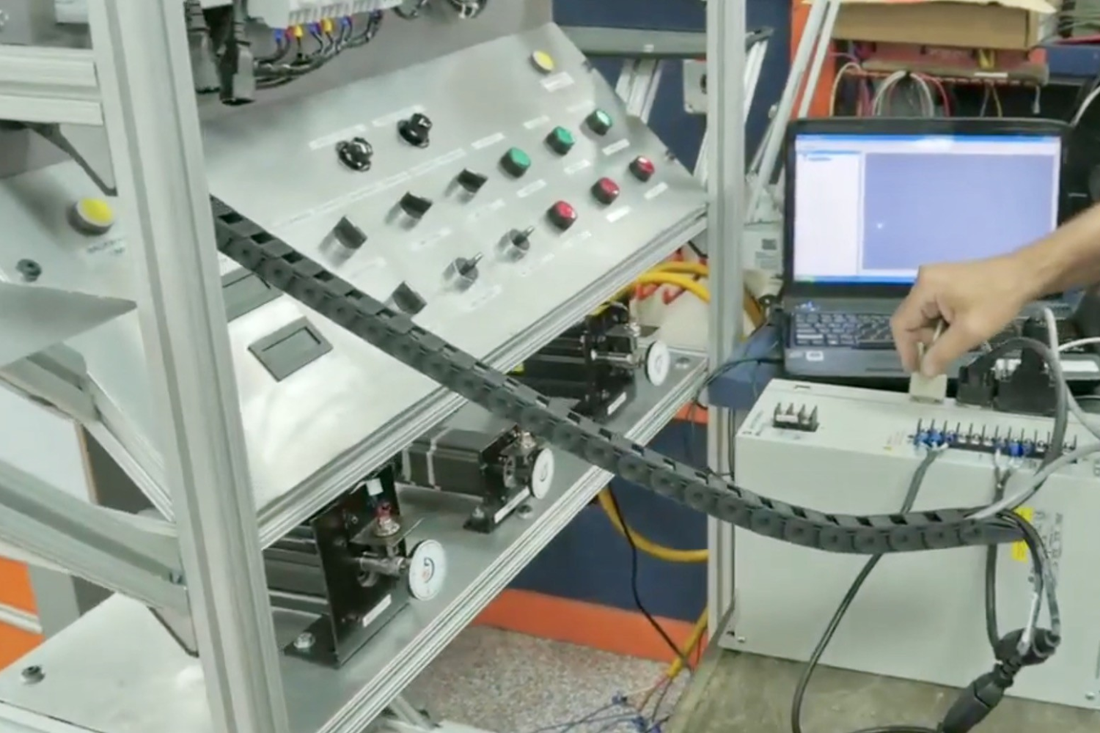
The Hidden Damage We Find During Advanced Servo Repair Inspections
Jitendra PatiServo systems are known for their precision, efficiency, and reliability in automation and motion control. But like any advanced piece of equipment, what’s on the surface doesn’t always tell the full story. During detailed inspections, especially in professional servo repair in Canada, technicians often uncover hidden damage that quietly affects performance long before a complete failure occurs. These findings not only reveal how complex servo systems are but also highlight why thorough diagnostics are essential to long-term reliability.
The Unseen Strain Behind Smooth Operation
Every servo motor works tirelessly to maintain accuracy and speed. But beneath that smooth operation, components endure constant electrical, mechanical, and thermal stress. During advanced inspections, experts performing servo repair in Canada often find micro cracks in bearings, rotor imbalances, and worn insulation that aren’t visible during basic checks.
These hidden issues gradually build up over time. For example, a slightly corroded encoder connection may not cause immediate failure but can lead to erratic feedback signals, resulting in speed inconsistencies or vibration. Such small, invisible problems, when left unchecked, can compromise precision and efficiency — two things servo systems are designed for.
Heat and Contamination: The Silent Enemies
Two of the most common culprits behind servo damage are heat and contamination. During advanced diagnostics, repair engineers frequently discover carbon deposits on stator windings or grease contamination in bearings — both signs of poor cooling or inadequate sealing.
Excessive heat weakens insulation and degrades magnets, while contamination disrupts smooth bearing rotation and damages internal components. These types of damage often go unnoticed during standard maintenance. Only when the motor is disassembled and scanned using thermal imaging or microscopic analysis do the real problems appear.
It’s these findings that separate a regular repair from a professional servo repair in Canada, where inspection methods are detailed and preventative by nature.
Electrical Scars Hidden Within the Windings
A significant portion of hidden damage lies within the windings. High-frequency spikes, voltage surges, and insulation wear can leave what technicians call “electrical scars.” These are tiny burn marks or discolourations that slowly weaken the copper windings, reducing motor life.
Advanced inspection techniques like surge testing and hipot testing help identify these internal faults before they lead to short circuits or motor burnout. What seems like a simple drive fault or intermittent error could actually stem from these hidden electrical issues that only a detailed repair process can expose.
Gear Wear and Shaft Misalignment: The Mechanical Traps
Beyond electrical and thermal issues, mechanical wear is another major source of hidden damage. During servo repairs, technicians often find worn-out gears, minute shaft misalignments, or degraded coupling points that go unnoticed during operation. These issues create unnecessary vibration and noise and can significantly impact motion accuracy.
Using laser alignment tools and vibration analysis, experts can detect and correct these problems early. This not only saves the servo motor but also prevents damage to connected machinery and systems.
Why Advanced Inspections Are Worth It
While basic maintenance might fix surface issues, advanced servo inspections dig deeper to find what truly affects performance. They focus on precision testing, data analysis, and microscopic evaluation — ensuring no underlying damage is overlooked.
Professional servo repair in Canada isn’t just about getting a motor running again; it’s about restoring it to factory-level accuracy and reliability. By uncovering these hidden damages early, repair specialists help industries avoid costly downtime and unexpected production halts.
In a Nutshell
In servo systems, the smallest unseen defect can cause the biggest disruption. That’s why advanced inspections matter — they bring hidden issues to light before they grow into expensive failures. When it comes to precision-driven systems, prevention is far more valuable than reaction.
The next time your servo motor starts acting slightly off, remember — the real problem might be hiding beneath the surface. A detailed inspection by experts in servo repair could be the difference between a quick fix and a costly replacement. Sometimes, it’s what you don’t see that matters most.
